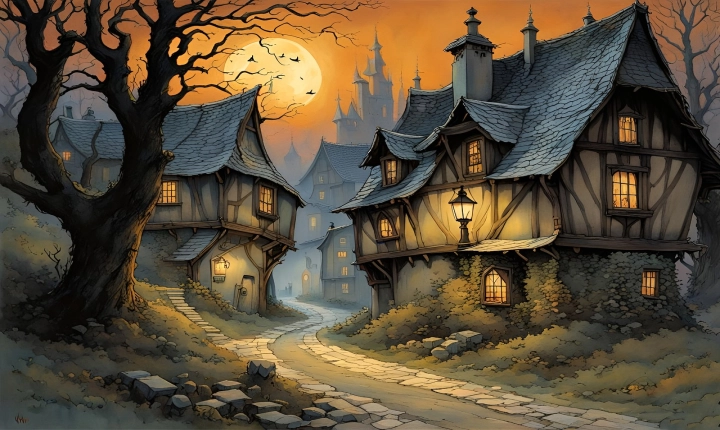Title: Unveiling the Magic: How AI Draws Pictures
Artificial intelligence (AI) has undeniably revolutionized the way we interact with technology, from customer service chatbots to predictive algorithms. However, one of the most fascinating applications of AI is its ability to create visual artwork. The process of how AI draws pictures is truly a testament to the capabilities of machine learning and the intricate interplay between algorithms and creativity.
At the core of AI-generated art lies the concept of generative adversarial networks (GANs). GANs consist of two neural networks, the generator and the discriminator, which work in tandem to produce images that are strikingly realistic. The generator network creates images from scratch, while the discriminator network evaluates these images and provides feedback to the generator. Through this iterative process, both networks continuously improve their performance, resulting in the generation of increasingly sophisticated and visually captivating artwork.
The generator network employs a variety of techniques to produce images, ranging from style transfer to pixel-level manipulation. Style transfer involves the adaptation of the artistic style of one image onto another, resulting in a fusion of distinct visual elements. This process encompasses the extraction of the style features from a given image and the application of these features to the content of another image. On the other hand, pixel-level manipulation allows for the precise modification of individual pixels within an image, enabling the creation of intricate patterns and textures.
Additionally, AI drawing systems are often trained on vast datasets of existing artwork, enabling them to learn and mimic the distinctive styles of renowned artists such as Van Gogh, Picasso, and Monet. By analyzing the composition, color schemes, and brushstroke patterns of these masterpieces, AI can gain valuable insights into the intricacies of artistic expression. Through this process, AI is not simply imitating the work of artists, but rather learning and internalizing the underlying principles of artistic creation.
The advent of AI in art has also raised thought-provoking questions about the nature of creativity and the role of the artist. As AI continues to produce increasingly sophisticated artwork, it prompts us to reexamine the boundaries between human creativity and machine-generated art. While AI can certainly emulate the visual aspects of art, the emotive and experiential dimensions of human creativity remain distinct. Art is deeply rooted in human experiences, emotions, and cultural context, elements that AI may struggle to authentically replicate.
Moreover, the ethical implications of AI-generated art cannot be overlooked. As AI becomes more proficient at producing artwork, questions surrounding authorship, intellectual property, and the commercialization of AI-generated art have come to the fore. Who owns the rights to a piece of art created by an AI system? Should such artwork be considered as valuable and meaningful as human-created art? These are complex questions that demand careful consideration and ethical deliberation.
Ultimately, the integration of AI in the realm of art signifies the convergence of technology and creativity. While AI may not possess the unique human perspective and emotional depth that underpin artistic inspiration, it is undeniably offering new avenues for artistic exploration and expression. The dynamic interplay between AI and art presents a profoundly transformative force that challenges our perceptions of creativity and craftsmanship.
In conclusion, the process of how AI draws pictures is a captivating journey through the realm of machine learning and visual expression. With its ability to learn from vast datasets, adapt artistic styles, and produce visually striking images, AI is reshaping the landscape of art creation. However, as we navigate this new frontier, it is crucial to deliberate on the ethical, societal, and philosophical implications of AI-generated art, recognizing that while AI may possess technical prowess, the intangible essence of human creativity remains unparalleled.
